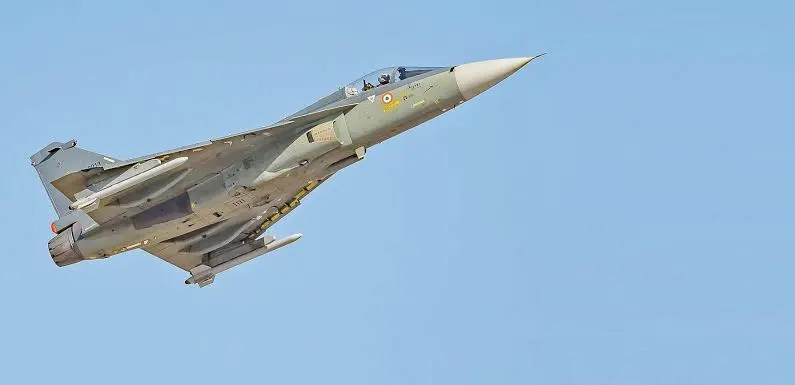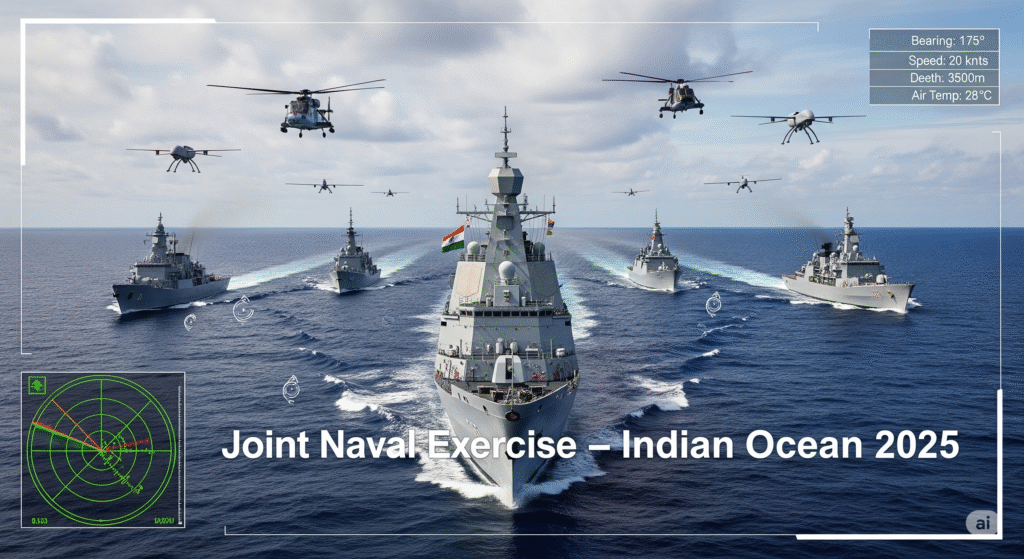Tejas Mk-1A Pilot Training: Preparing IAF’s Next Generation for October 17, 2025
Introduction: Tejas Mk-1A Pilot Training – Building IAF’s Future
As the Indian Air Force (IAF) gears up for the Tejas Mk-1A maiden flight test on October 17, 2025, from HAL’s Nashik facility, a parallel mission is underway: training the next generation of pilots to master this 4.5-generation fighter jet. With over 40 upgrades from the Mk-1, including the Uttam AESA radar and enhanced avionics, the Tejas Mk-1A demands rigorous preparation to ensure combat readiness. Initiated in July 2025 at Bidar AFS and intensified at Nashik, this training program is critical to forming the first squadron by late 2025, boosting IAF’s squadron strength from 29 to 32. This article delves into the training process, challenges, and its role in shaping IAF’s future. For context, explore our IAF squadron strength analysis.
Training Phases: From Simulators to Skies
The Tejas Mk-1A pilot training is a multi-phase program designed by the IAF and HAL, tailored to the jet’s advanced fly-by-wire system and weapon systems.
- Phase 1: Simulator Training (July-August 2025)
Conducted at Bidar AFS, this phase uses full-motion simulators replicating the Mk-1A cockpit. Pilots, primarily from the 45th Fighter Squadron, train on Uttam radar targeting, Dhruti EW suite operations, and emergency procedures. Over 200 hours are logged per pilot, with 80%-90% success in simulated dogfights. - Phase 2: Conversion Training (September-October 2025)
At HAL Nashik, pilots transition to live aircraft. Using two pre-production Mk-1A jets, they practice basic maneuvers, low-level flights, and weapon integration (e.g., Astra Mk-1 BVR missiles). Each pilot clocks 15-20 hours, with HAL instructors overseeing. - Phase 3: Operational Readiness (October 2025)
Ahead of the October 17 flight, pilots simulate squadron missions at Nal AFS, focusing on formation flying and S-400 coordination. The goal: certify 12 pilots for the first squadron by December 2025.
| Phase | Location | Duration | Focus Area |
|---|---|---|---|
| Simulator | Bidar AFS | July-Aug 2025 | Radar, EW, emergencies |
| Conversion | HAL Nashik | Sep-Oct 2025 | Live flights, maneuvers |
| Operational | Nal AFS | Oct 2025 | Squadron tactics, S-400 |
Challenges: Speeding Up Readiness
The accelerated timeline poses hurdles:
- Time Constraint: Training time 3 months.
- Tech Complexity: Uttam AESA and auto low-level flight require 30% more simulator time than Mk-1.
- Pilot Shortage: IAF needs 36 pilots for 3 squadrons; current trainees number 18, with recruitment ongoing.
HAL and IAF mitigate this with extended simulator sessions and veteran instructor support, aiming for full readiness by 2026.
Impact on IAF’s Future
This training is pivotal for IAF’s revival:
- Squadron Boost: 12 pilots will form the first squadron at Nal AFS, with 2 more by mid-2026, reaching 32 squadrons.
- Combat Edge: Trained pilots enhance BVR capabilities, countering China’s J-20.
- Career Pathway: Opens doors for NDA cadets—see our NDA II 2025 guide.
Conclusion: Pilots Powering Tejas Success
The Tejas Mk-1A pilot training program is the backbone of IAF’s October 17 milestone, blending innovation with tradition. As India moves toward 42 squadrons, this effort inspires the next generation. Share your pilot training stories below!
Poll: Will Tejas Pilots Be IAF’s Game-Changer?
- Yes
- No
- Partially
Join the Conversation: Comment below. Follow @DefenceNiti on X! #TejasMk1A #IAF2025 #AatmanirbharBharat



